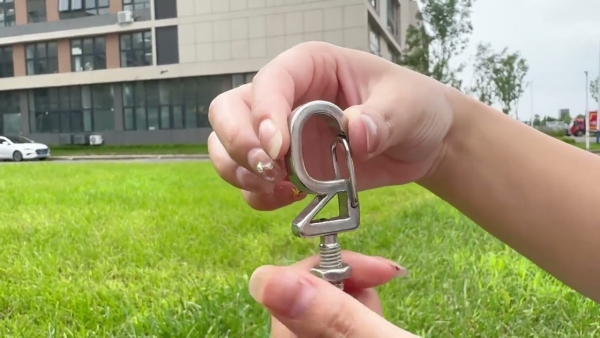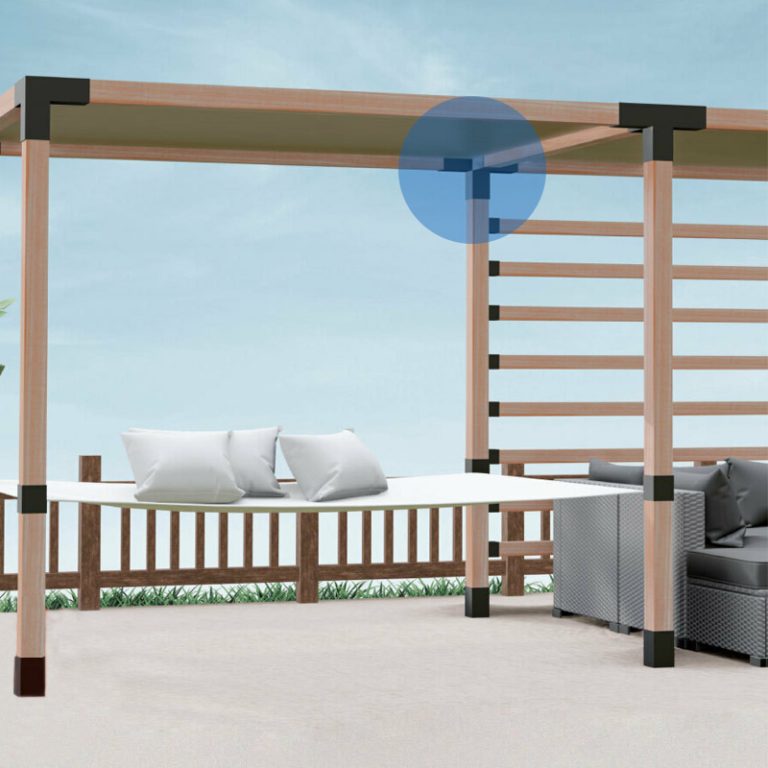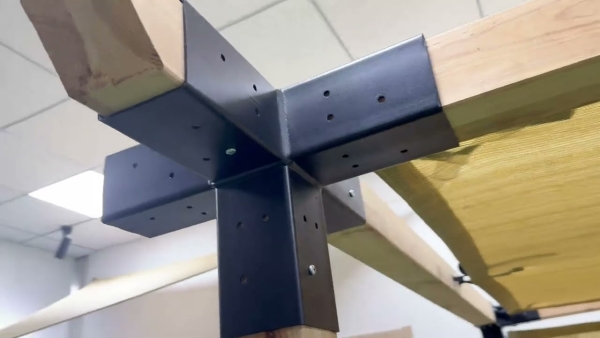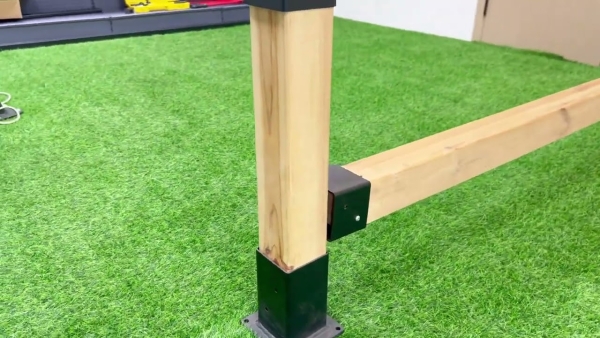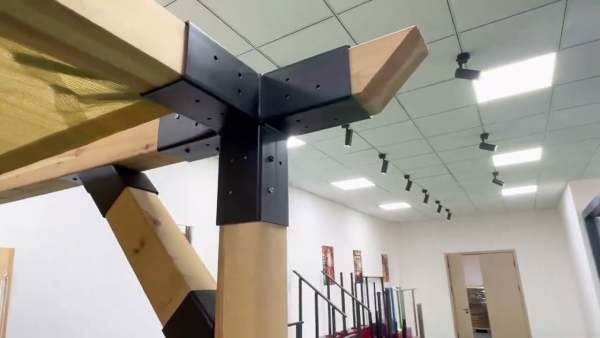Table of Contents
Benefits of Bioclimatic Pergolas for Sustainable Climate Control
Climate change is a pressing issue that requires innovative solutions to mitigate its effects. One such solution is the use of bioclimatic pergolas for sustainable climate control. These structures are designed to adapt to the surrounding environment, providing shade in the summer and allowing sunlight in the winter. By harnessing natural elements such as sunlight, wind, and rain, bioclimatic pergolas offer a sustainable way to regulate temperature and humidity in outdoor spaces.
One of the key benefits of bioclimatic pergolas is their ability to reduce energy consumption. By utilizing natural elements for climate control, these structures can help lower the need for artificial heating and cooling systems. This not only reduces energy costs but also decreases the carbon footprint associated with traditional climate control methods. In a world where energy conservation is crucial for combating climate change, bioclimatic pergolas offer a sustainable alternative that aligns with environmental goals.
Another advantage of bioclimatic pergolas is their versatility in design. These structures can be customized to fit a variety of outdoor spaces, from residential gardens to commercial patios. With adjustable louvers and retractable roofs, bioclimatic pergolas can adapt to changing weather conditions, providing comfort and protection for users. This flexibility allows for year-round use of outdoor spaces, enhancing the overall experience for occupants.
In addition to their practical benefits, bioclimatic pergolas also offer aesthetic value. With sleek, modern designs and high-quality materials, these structures can enhance the visual appeal of any outdoor space. Whether used for residential or commercial purposes, bioclimatic pergolas add a touch of sophistication and elegance to the environment. By seamlessly blending with the surrounding landscape, these structures create a harmonious balance between nature and architecture.
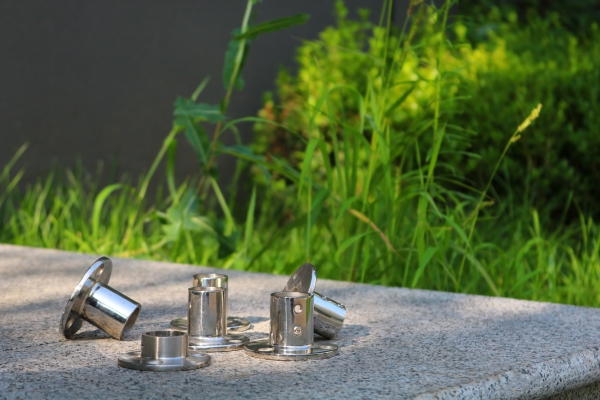
Furthermore, bioclimatic pergolas promote a connection to the natural world. By incorporating elements such as plants, water features, and natural materials, these structures create a sense of tranquility and serenity in outdoor spaces. This connection to nature has been shown to have positive effects on mental health and well-being, promoting relaxation and stress relief. In a fast-paced world where technology often dominates our lives, bioclimatic pergolas offer a retreat to nature, allowing users to unwind and recharge in a peaceful environment.
Overall, bioclimatic pergolas offer a sustainable and innovative solution for climate control in outdoor spaces. By harnessing natural elements and promoting energy efficiency, these structures provide a practical and environmentally friendly way to regulate temperature and humidity. With their versatility in design, aesthetic value, and connection to nature, bioclimatic pergolas enhance the overall experience of outdoor living. As we continue to face the challenges of climate change, bioclimatic pergolas represent a modern solution that aligns with our goals of sustainability and environmental stewardship.
Designing a Bioclimatic Pergola for Energy-Efficient Temperature Regulation
Climate change is a pressing issue that requires innovative solutions to mitigate its effects. One such solution is the use of bioclimatic pergolas for energy-efficient temperature regulation. Bioclimatic pergolas are structures that are designed to adapt to the surrounding climate, providing shade in the summer and allowing sunlight in the winter. By harnessing the power of nature, bioclimatic pergolas offer a sustainable and eco-friendly way to control the temperature of indoor and outdoor spaces.
One of the key features of bioclimatic pergolas is their ability to regulate temperature through passive means. By adjusting the angle of the louvers, users can control the amount of sunlight that enters the space, thereby reducing the need for artificial heating or cooling. This not only helps to reduce energy consumption but also lowers utility costs, making bioclimatic pergolas a cost-effective solution for climate control.
In addition to temperature regulation, bioclimatic pergolas also offer other benefits such as improved air quality and increased comfort. By providing shade and ventilation, bioclimatic pergolas create a more pleasant environment for occupants, reducing the need for air conditioning and improving overall well-being. This can have a positive impact on productivity and health, making bioclimatic pergolas a valuable addition to any space.
When designing a bioclimatic pergola, it is important to consider factors such as orientation, materials, and landscaping. The orientation of the pergola should be optimized to maximize sunlight in the winter and provide shade in the summer. This can be achieved by positioning the pergola in relation to the sun’s path and using adjustable louvers to control the amount of sunlight that enters the space.
Materials are also an important consideration when designing a bioclimatic pergola. Sustainable materials such as wood, bamboo, and recycled plastic can be used to create a durable and eco-friendly structure. These materials not only reduce the environmental impact of the pergola but also contribute to a more natural and aesthetically pleasing design.
Landscaping plays a crucial role in the effectiveness of a bioclimatic pergola. By incorporating plants and greenery around the pergola, users can further enhance its cooling and shading properties. Plants can help to filter pollutants from the air, improve air quality, and create a more inviting and relaxing atmosphere. This integration of nature into the design of the pergola not only enhances its functionality but also promotes sustainability and biodiversity.
In conclusion, bioclimatic pergolas offer a modern solution for climate control that is both sustainable and effective. By harnessing the power of nature, bioclimatic pergolas provide a cost-effective way to regulate temperature, improve air quality, and enhance comfort. When designing a bioclimatic pergola, it is important to consider factors such as orientation, materials, and landscaping to maximize its effectiveness and sustainability. With the increasing focus on environmental conservation and energy efficiency, bioclimatic pergolas are becoming an increasingly popular choice for architects, designers, and homeowners looking to create a more sustainable and eco-friendly built environment.

